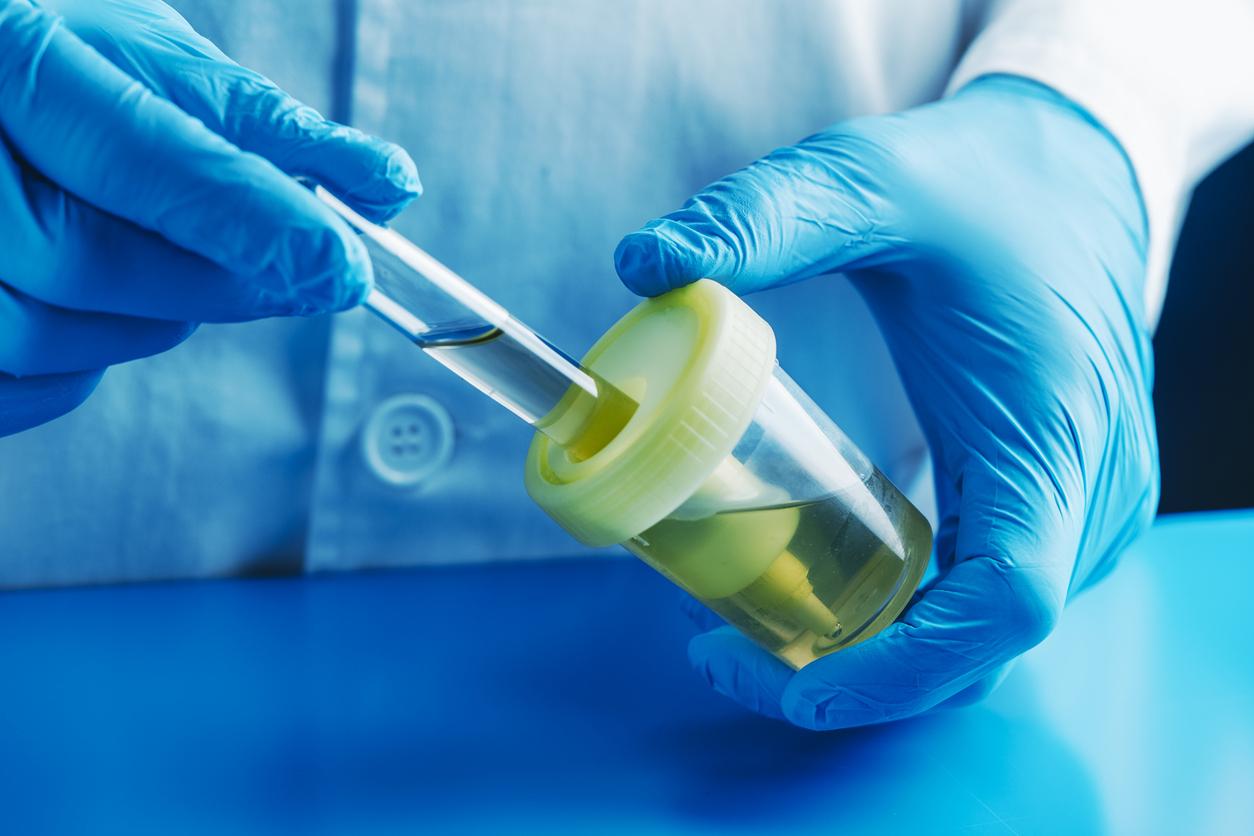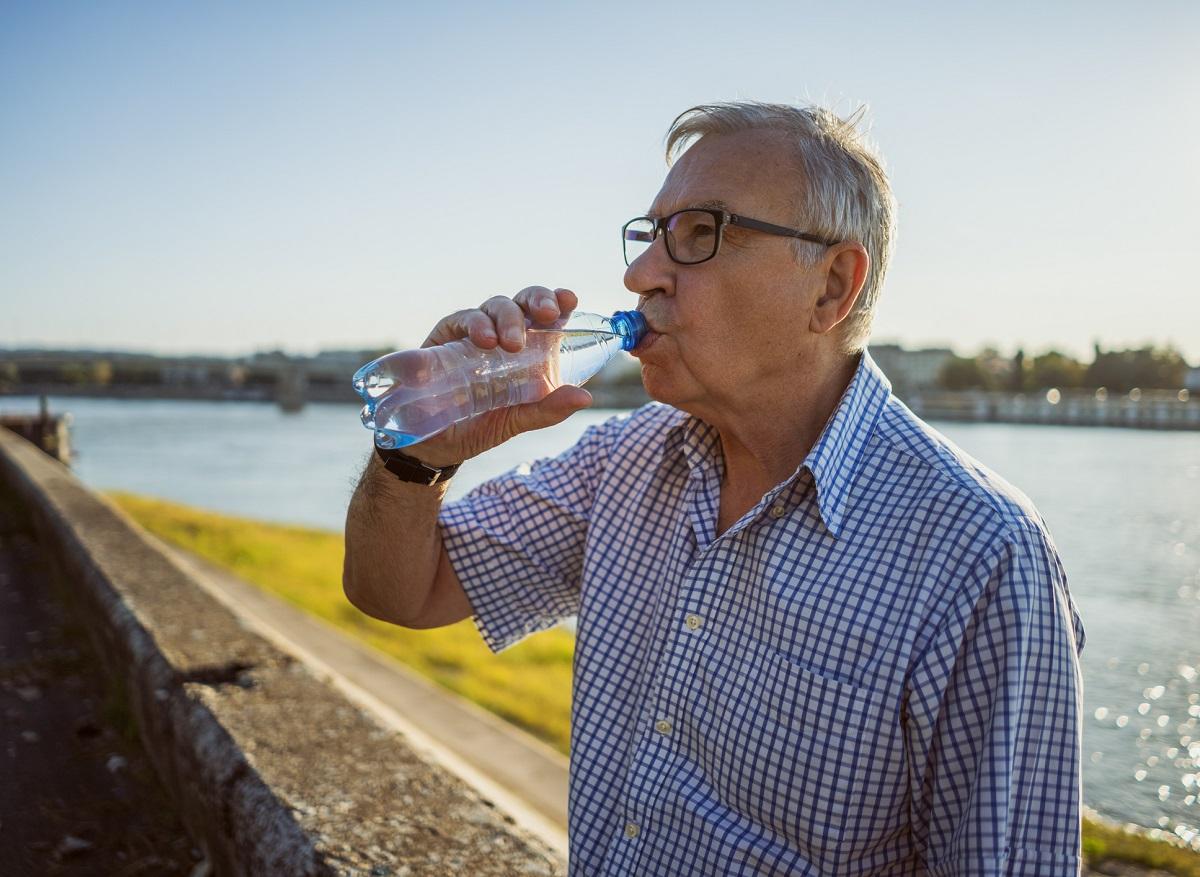If hydrotherapy and thalassotherapy are both centered on water, they differ in both their means and their objectives.
Water used
the hydrotherapy takes advantage of the benefits of natural mineral waters: from aquifers or underground deposits, they have a chemical composition (in particular in trace elements and mineral salts) as well as a specific temperature which gives them therapeutic virtues (decongestant, anti-inflammatory, anti-edematous, relaxant, sedative).
Thalassotherapy (from the Greek “thalassa”, which means sea) uses sea water as well as the entire marine environment: algae, sea mud, sand and all other substances extracted from the sea. A thalassotherapy establishment must d ‘elsewhere be located at a maximum distance of 1000 meters from the highest water level.
The medical aim
The hydrotherapy has a curative action vis-à-vis a pathology in particular, while the thalassotherapy is part of a process of prevention, maintenance and general health of the body. ” Each thermal water is rich in one or more minerals, while seawater contains all the minerals. Where thermal water will improve a particular function, sea water will have a more general effect, ”explains Dr Jocelyne Geffroy, specialist in functional rehabilitation at the Roscoff thalassotherapy center.
The management of
A thermal cure can be covered by health insurance, not thalassotherapy.
Bathing in the sea is not enough
For care thalassotherapy, seawater is taken from the open sea to ensure its purity, and heated (between 31 and 35 ° C) in order to optimize the penetration of mineral salts and trace elements through the skin, by a vasodilation effect. Massages and other palpate and roll will also prepare the skin to better allow minerals to pass through. Thus, it would take several hours to soak in sea water to obtain the benefit of 12 minutes of hot bath.
















